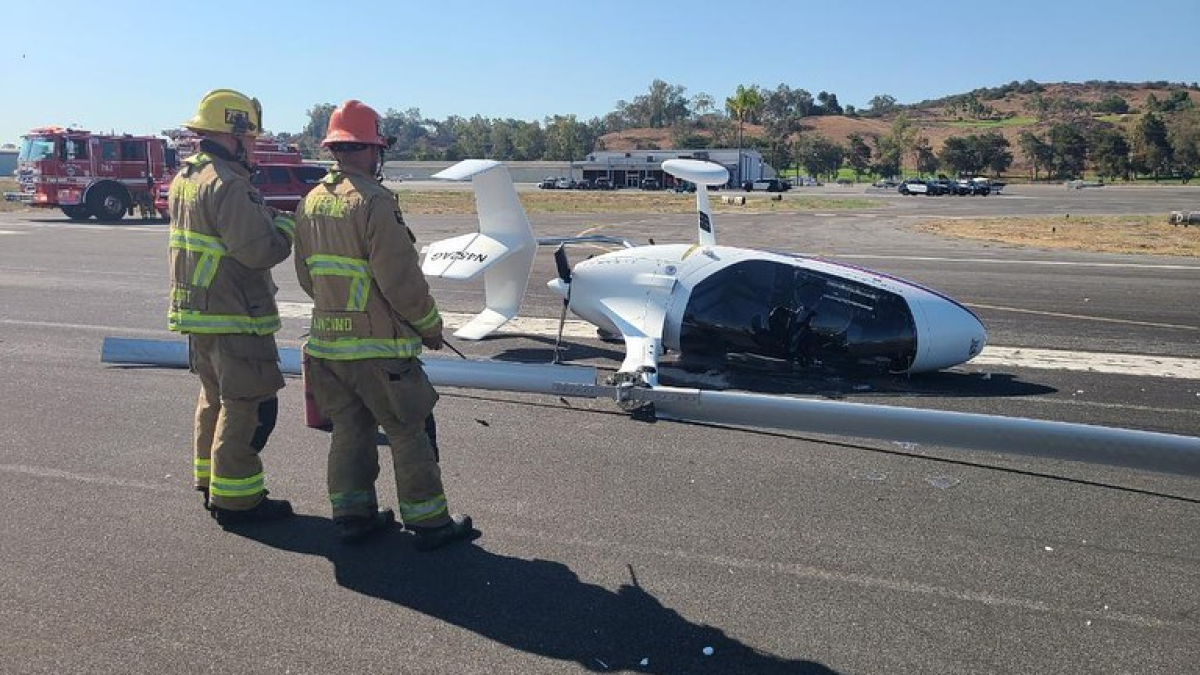I blame his instructor, a good instructor nips in the bud a fast taxi speed …its the instructors job to introduce airmanship early in a flying career or hobby, good ‘drilled in’ habits that are practised and enforced will stay with a pilot.
This type of expensive accident adds fuel to the fire we face when it comes to annual insurance policies and getting cover and can easily be avoided by demonstrating a good dicipline not only in the air but on the apron, in the hanger …
At 60 I still feel and execute the habits we were taught during our first few months during basic military training …those basic disciplines will stay with me for life ….it should be the same with flight training …sadly I see many instructors who just don’t give damn ( they smoke during refueling, they are the students big chommie ) that casual relationship early in one’s flying career while being nice and cosy comes back to bite and we see it all the time …on many threads we read about the guys who cannot land a Gyroplane and who cannot demonstrate the industry standard landing technique ( keep,the nose wheel off the ground until the aircraft has stopped then lower the nose) yet these same instructors issue the licence and annual renewal…

 www.pe.com
www.pe.com



